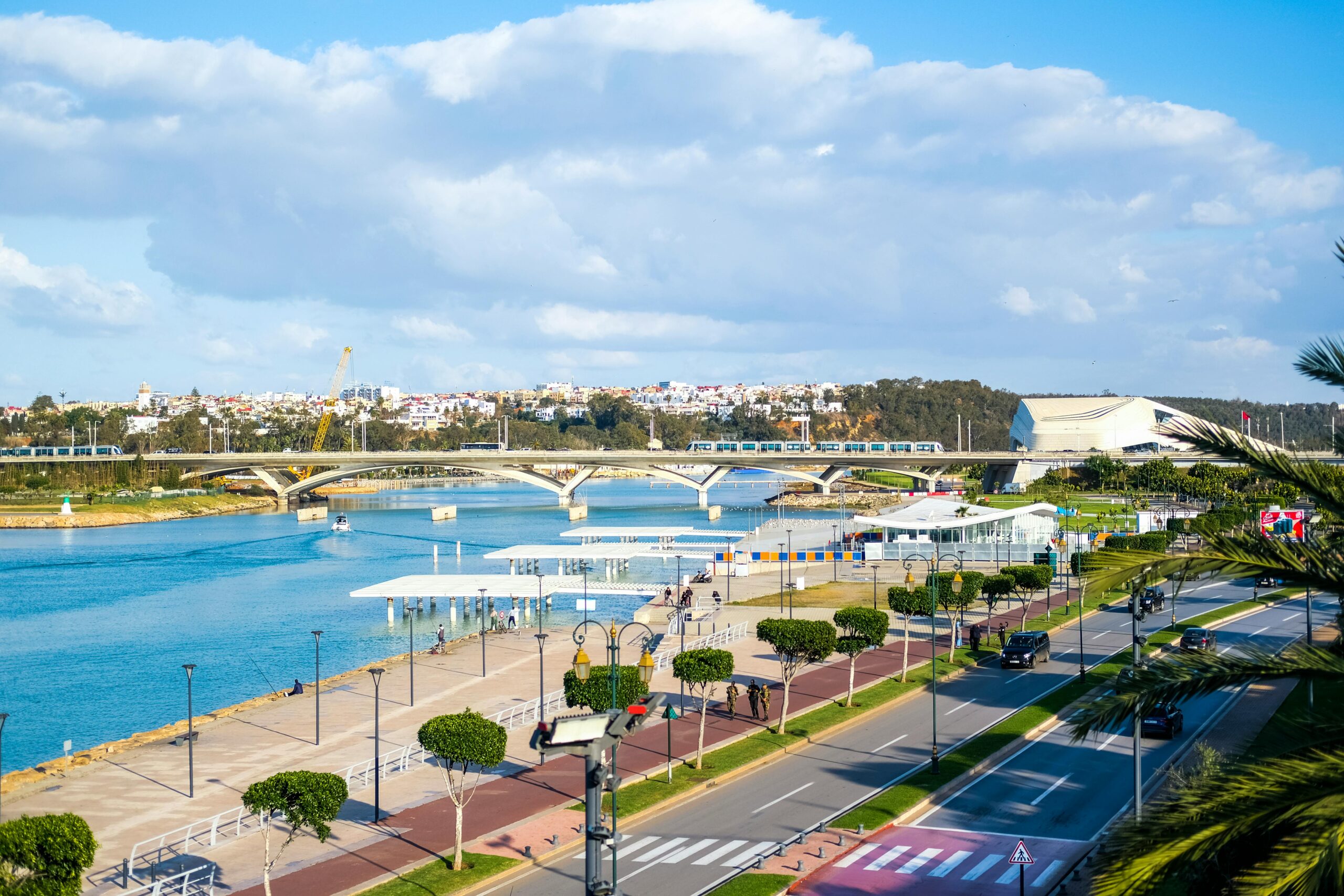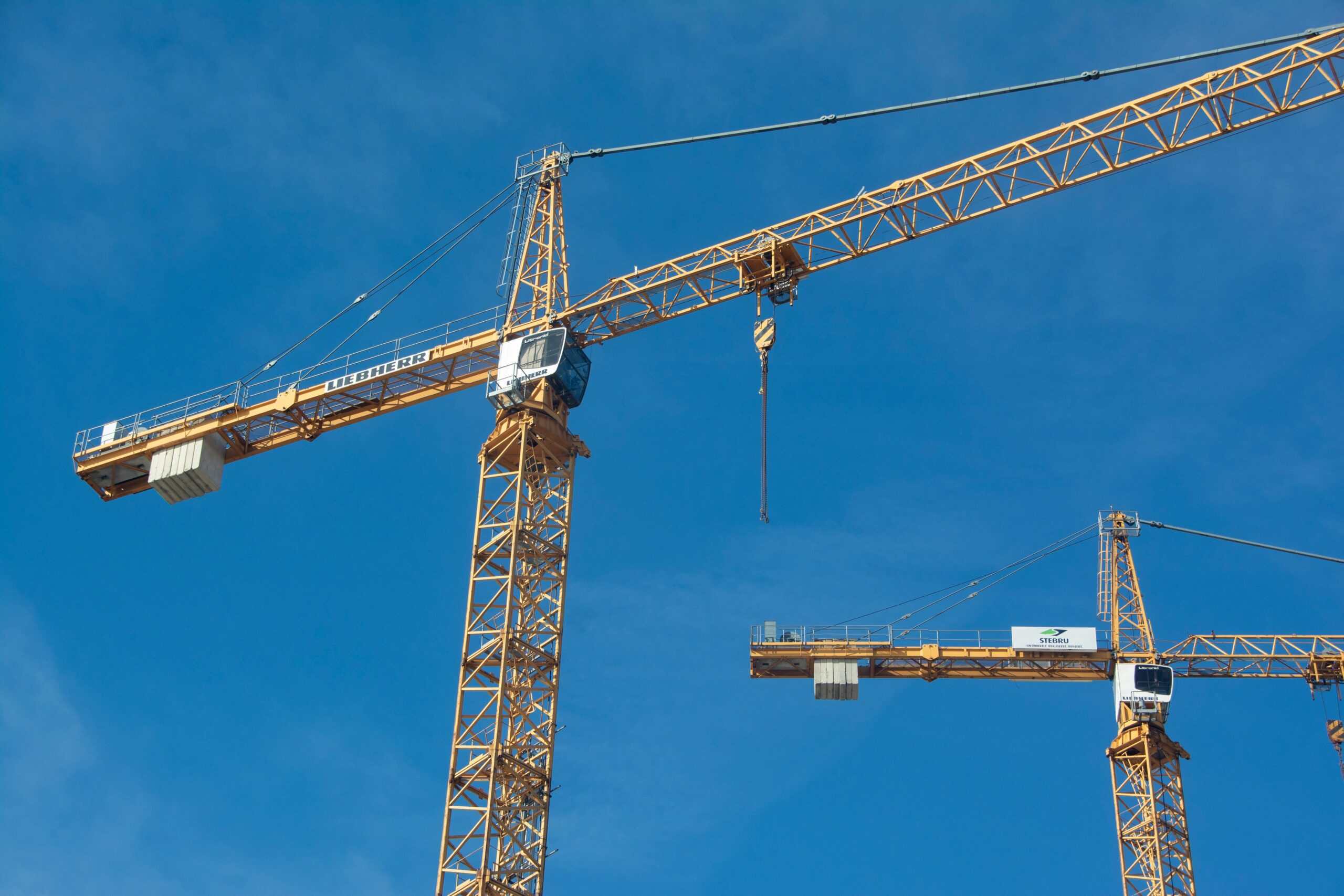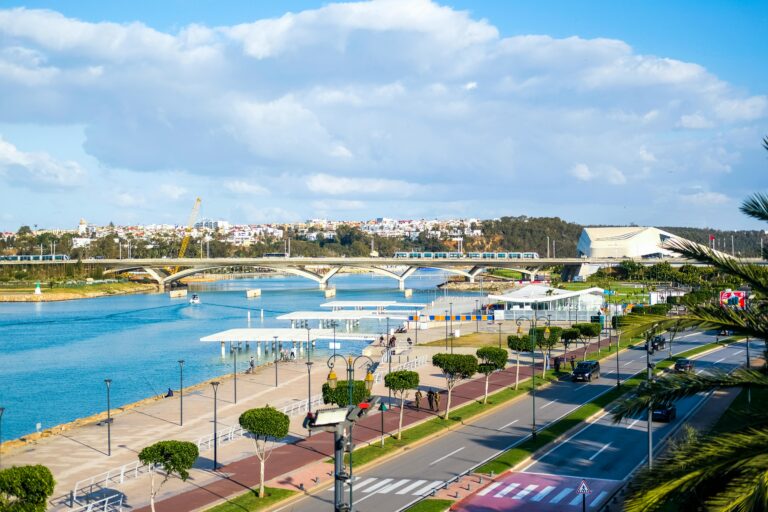
Urban infrastructure plays a crucial role in shaping cities and communities. From public transportation systems and green spaces to roads and utilities, property these developments are not just about improving functionality and accessibility—they can also significantly impact property values. For both first-time homebuyers looking to maximize their investment and long-time real estate investors seeking high returns, understanding the relationship between infrastructure improvements and property value appreciation is essential.
This article delves into how urban infrastructure projects can influence the U.S. real estate market, what to look for as a buyer or investor, and how to seize opportunities in emerging neighborhoods.
The Relationship Between Infrastructure and Property Values
At its core, infrastructure provides the backbone of a city. Roads, bridges, utilities, and public transit systems connect communities, while parks, schools, and recreational facilities enhance quality of life. When new projects or upgrades are introduced, they can transform underdeveloped neighborhoods into thriving areas. This often leads to increased demand for housing, higher rents, and rising property values.
A key example of this dynamic is the introduction of public transit systems. Properties within walking distance of a train station or bus hub often see significant value increases compared to those farther away. Similarly, adding bike lanes, walkable streets, or green spaces can make a neighborhood more desirable, leading to upward trends in real estate prices.
Why Infrastructure Matters to First-Time Homebuyers
For first-time homebuyers, choosing a home isn’t just about finding a place to live—it’s also about building long-term equity. Neighborhoods undergoing infrastructure upgrades often present opportunities for value appreciation. A home purchased in an area set to benefit from improved transportation, schools, or amenities might see its value grow faster than one in a stagnant location.
Take, for example, a young professional buying a home in a city where a new light rail line is under construction. While the upfront cost of buying near a transit line may seem higher, the long-term value can more than compensate. Easy access to transportation often attracts renters and buyers alike, creating strong demand.
Homebuyers should stay informed about planned infrastructure projects by researching local government initiatives, reviewing city master plans, and attending public meetings. This knowledge can help them identify neighborhoods with high growth potential.
Why Infrastructure Matters to Long-Time Investors
For seasoned investors, infrastructure projects can signal profitable opportunities. Areas with planned upgrades often become hotspots for development, driving demand for residential and commercial properties. Investors who recognize these patterns early can secure properties at lower prices, benefiting from the subsequent appreciation.
Additionally, improved infrastructure can attract businesses and industries, creating job opportunities and boosting local economies. Investors with rental properties in such areas often see higher occupancy rates and rental income. For instance, cities like Austin, Texas, and Nashville, Tennessee, have experienced real estate booms driven in part by investments in transit, tech hubs, and public amenities.
Long-time investors should also consider mixed-use developments—projects that combine residential, retail, and office spaces. These often thrive in areas with robust infrastructure, appealing to both residents and businesses.
Key Infrastructure Types That Influence Property Values
Transportation Upgrades
Transportation is one of the most impactful infrastructure improvements. Properties close to public transit lines, highways, and bike paths typically command higher prices due to convenience and accessibility. Cities like Denver and Seattle, which have invested heavily in transit systems, have seen neighborhoods near new stations experience rapid growth.
Green Spaces and Recreational Facilities
Parks, walking trails, and playgrounds improve a neighborhood’s livability. Green spaces not only enhance the aesthetic appeal but also promote health and community engagement, making homes in these areas highly desirable. For instance, properties near the High Line in New York City saw value increases after the park’s development transformed the surrounding area.
Utility Upgrades
Modernizing utilities like water, electricity, and internet infrastructure can also drive property value growth. Neighborhoods with reliable services are more attractive to buyers and renters, particularly in areas where older systems have been replaced with efficient alternatives.
Schools and Educational Facilities
For families, proximity to high-quality schools is often a top priority. Neighborhoods with new or improved schools tend to experience increased demand, pushing property values higher. Even childless buyers or investors understand the appeal of properties in such areas, knowing they will remain attractive to future buyers.
Tech Infrastructure
In today’s world, fast internet and smart city features can set a neighborhood apart. Cities investing in 5G networks, smart traffic systems, and energy-efficient technologies often see enhanced property values as they attract a tech-savvy demographic.
The Ripple Effect of Urban Renewal
Infrastructure improvements often spark a ripple effect, transforming the surrounding area. For instance, the addition of a major transit hub can lead to new restaurants, retail stores, and entertainment venues. As these amenities flourish, the neighborhood becomes more desirable, attracting more buyers and investors.
Urban renewal projects like downtown revitalizations are prime examples. Areas that were once overlooked can quickly turn into vibrant hubs of activity, leading to dramatic property value increases. Consider neighborhoods in cities like Detroit or Pittsburgh, which have experienced a renaissance due to focused urban renewal efforts.
Challenges and Risks to Consider
While infrastructure improvements can lead to significant property value increases, they are not without risks. Delays, budget overruns, or cancellations can impact projected returns. Additionally, some infrastructure projects can lead to higher property taxes, which may deter buyers or renters.
Another challenge is gentrification. While infrastructure improvements can revitalize neighborhoods, they can also displace long-time residents who can no longer afford rising rents or property taxes. As an investor or buyer, it’s important to approach opportunities responsibly, balancing profitability with community impact.
Spotting Emerging Opportunities
Whether you’re a first-time homebuyer or a seasoned investor, spotting infrastructure-driven opportunities requires research and foresight. Here are a few tips:
- Track City Plans: Review municipal development plans to identify areas slated for growth. Cities often publish master plans outlining long-term projects.
- Monitor Real Estate Trends: Look for neighborhoods experiencing steady price increases and new construction activity.
- Attend Public Hearings: Stay informed about upcoming infrastructure projects by participating in community meetings.
- Network with Local Experts: Real estate agents, urban planners, and local officials can provide valuable insights into market trends.
Notable U.S. Cities Benefiting from Infrastructure Investments
Several U.S. cities are currently experiencing property value boosts due to infrastructure projects. For example:
- Austin, Texas: The city’s Project Connect plan, which includes expanded transit options, has made properties near planned stations highly sought after.
- Los Angeles, California: Investments in public transit, such as the Metro expansion, have led to rising property values in areas connected by new lines.
- Miami, Florida: Improvements to flood control systems and climate-resilient infrastructure have made certain neighborhoods more desirable.
The Long-Term Impact of Infrastructure Investments
The benefits of infrastructure improvements often extend beyond immediate property value increases. These projects can reshape entire communities, fostering economic growth, reducing commute times, and improving overall quality of life. For buyers and investors, this creates a rare opportunity to align financial goals with positive community impact.
For example, neighborhoods that integrate sustainable infrastructure, such as solar energy systems and green building designs, tend to attract environmentally conscious buyers. These areas often set the standard for future developments, making them attractive for long-term investment.
Final Thoughts: A Smart Move for Buyers and Investors
Whether you’re entering the real estate market for the first time or adding to an existing portfolio, understanding the impact of urban infrastructure improvements is critical. From transportation hubs to green spaces, these projects can drive significant property value appreciation, offering opportunities for equity growth and high returns.

For first-time homebuyers, this knowledge can help you make smarter decisions, ensuring your home not only meets your immediate needs but also grows as a valuable asset. For investors, staying ahead of the curve on infrastructure trends can unlock profitable opportunities in emerging markets.
As the U.S. continues to invest in urban development, savvy buyers and investors have the chance to reap the rewards while contributing to thriving, connected communities.





